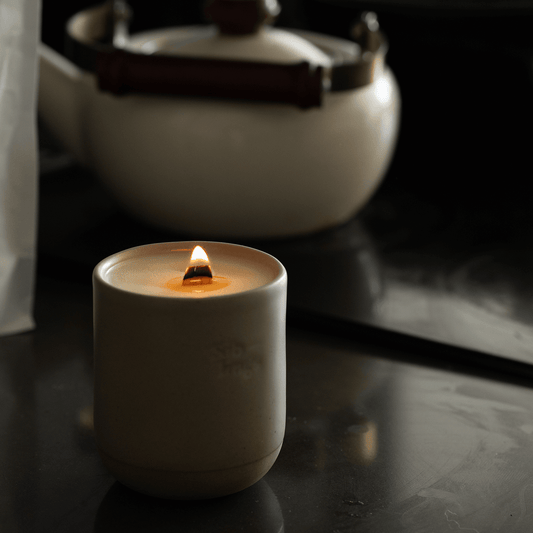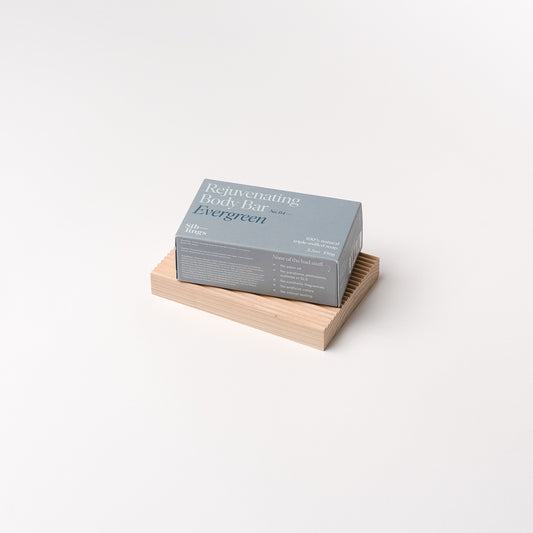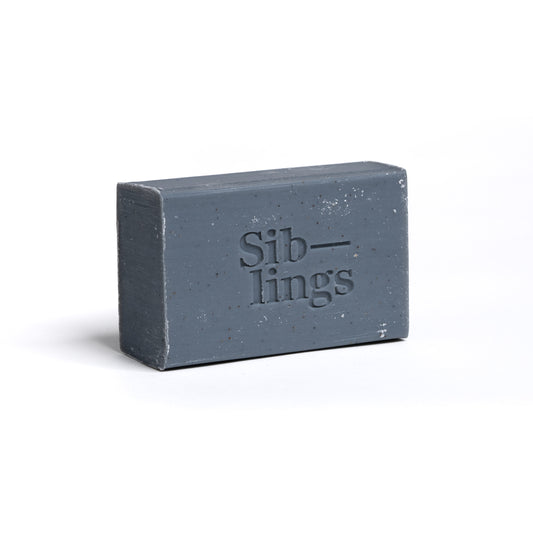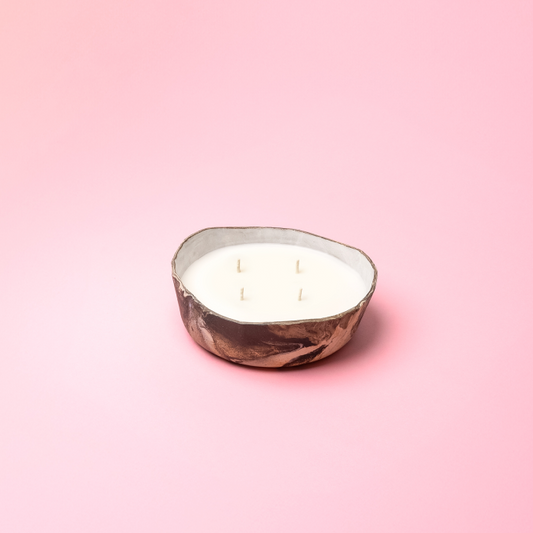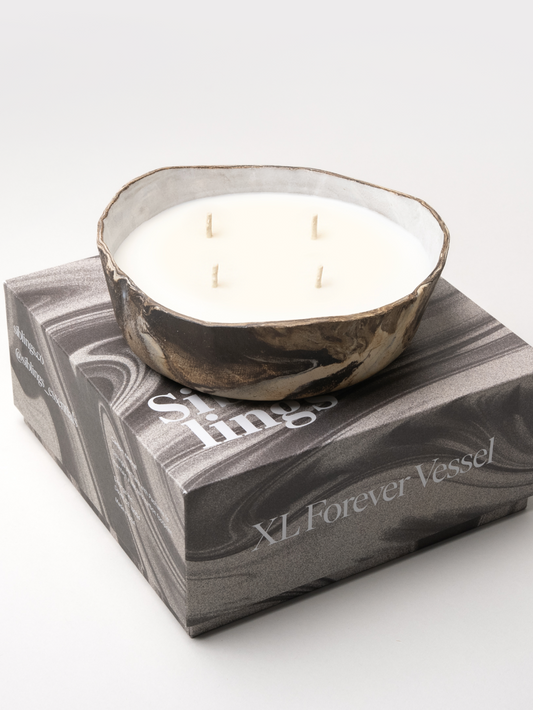A guide to finding cleaner, better-burning candles
Candles have been part of human life for thousands of years. From ancient rituals to cozy nights in, they’ve always brought light, warmth, and a sense of calm.
But while candle technology has come a long way, it hasn’t always moved in the cleanest direction. Many candles on the market today are made with ingredients that aren’t great for your health—or the planet.
Let’s break down the most common candle waxes—beeswax, paraffin, soy, and coconut—and what to look for if you’re after a cleaner, more sustainable way to fill your home with light.
🐝 Beeswax
Beeswax is the original candle wax. Ancient Egyptians used it not just for light, but in cosmetics and embalming. Harvested from honeycomb, it has a golden color and a naturally sweet, honey-like scent.
Why people love it:
* 100% natural and renewable—made by bees
* Burns with little to no smoke or soot
* Long burn time
* Naturally purifies the air by releasing negative ions (source)
Things to consider:
* Doesn’t hold added fragrance well
* Natural scent can overpower essential oils
* Typically more expensive
Siblings’ take: Beautiful and clean, but not ideal if you’re after a stronger scent experience.
🛢️ Paraffin Wax
Paraffin is the most common wax on the market—and the one we avoid entirely. It’s a byproduct of petroleum refining and is widely used because it’s cheap, easy to dye, and holds fragrance well.
Why it’s used:
* Strong scent throw
* Easy to work with
* Inexpensive
But here’s the problem:
* Made from fossil fuels
* Burns fast and produces more soot and smoke
* Can release harmful chemicals like benzene and toluene—classified as carcinogens (source)
Siblings’ take: Even with a pretty label, paraffin isn’t clean. We skip it—for your health and the planet’s.
🌱 Soy Wax
Soy wax is made from hydrogenated soybean oil and has become a popular alternative to paraffin. It’s plant-based, easy to find, and burns cleaner.
Why it’s better:
* Renewable and biodegradable
* Burns longer and with less soot than paraffin
* Affordable
Things to watch out for:
* Not all soy is created equal—soy farming is linked to deforestation and pesticide use (source)
* Weaker scent throw than other waxes
Siblings’ take: A solid middle-ground choice—but only if the soy is sustainably sourced. The soy in Siblings Clean Candle Refills is non-GMO and grown in the U.S.
🥥 Coconut Wax
Our favorite (and the majority of what we use in Siblings Clean Candles). Coconut wax is made from the meat of coconuts and offers a smooth, clean burn with a strong scent throw.
Why we love it:
* One of the cleanest burning waxes
* Excellent fragrance performance
* Coconuts are a highly renewable crop—low water use, no need for pesticides
* Coconut trees absorb over 24 tons of CO₂ per acre annually (source)
The tradeoff:
* Can be more expensive
* Coconut wax is often blended with paraffin—sometimes without being labeled.
(We use a 100% natural coconut and soy wax. No paraffin. No mystery blends.)
Siblings’ take: Clean, low-impact, and ideal for building a beautiful scent experience. No surprise it’s our go-to.
So...What’s the Cleanest Candle Wax?
Every candle releases something into your air. That’s why ingredients matter.
If you want a candle that’s safer to burn, better for your home, and lighter on the planet, look for waxes made from natural, renewable ingredients—like beeswax, soy, or coconut.
At Siblings, we use a 100% natural coconut and soy wax—completely free of paraffin—in every Clean Candle. It burns beautifully, holds scent like a dream, and produces 86% less waste and 50% fewer emissions than traditional candles.
Because better wax makes a better candle.
And better candles make everything feel a little more cozy.








